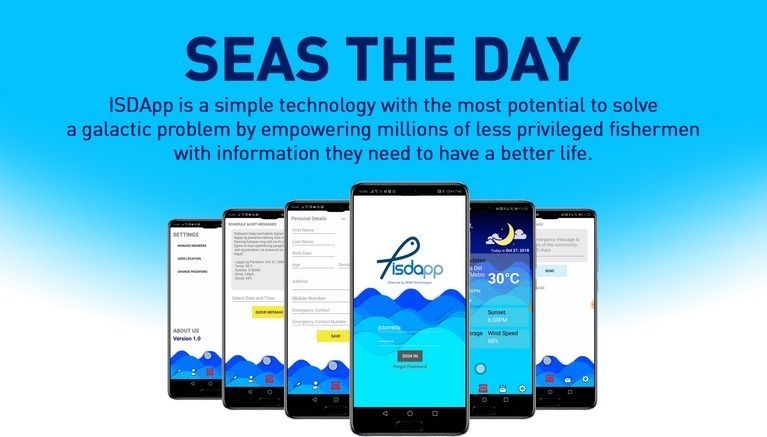Liftoff of the SpaceX Falcon 9 for Demo-1, the first flight test of the company’s Crew Dragon spacecraft, is targeted for Saturday, March 2, at 2:49 a.m. EST from historic Launch Complex 39A at NASA’s Kennedy Space Center in Florida. Join us at 2 a.m. EST for countdown coverage. Watch:
Category: space travel – Page 414

NASA Will Flight Test a Nuclear Rocket by 2024 and Other High Tech NASA Projects
A portion of NASA’s $21.5 billion 2019 budget is for developing advanced space power and propulsion technology. NASA will spend $176 to $217 million on maturing new technology. There are projects that NASA has already been working on and others that NASA will start and try to complete. There will be propulsion, robotics, materials and other capabilities. Space technology received $926.9 million in NASA’s 2019 budget.
NASA’s space technology projects look interesting but ten times more resources devoted to advancing technological capability if the NASA budget and priorities were changed.
NASA is only spending 1 of its budget on advanced space power and propulsion technology. NASA will spend $3.5 billion in 2019 on the Space Launch System and Orion capsule. SLS will be a heavy rocket which will start off at around the SpaceX Heavy capacity and then get about the SpaceX Super Heavy Starship in payload capacity. However, the SLS will cost about $1 billion to launch each time which is about ten times more than SpaceX costs. NASA is looking at a 2021–2022 first launch and then a 2024 second launch. This would be $19+ billion from 2019–2024 to get two heavy launches and this is if there are no delays.


SpaceX’s Falcon 9 rocket booster survived a ‘spicy’ landing at sea after launching the first private moon mission
The Air Force had said there was about a 20% chance that the launch would be delayed because of bad weather. But the 23-story Falcon 9 rocket lifted off on time on Thursday.
After the booster’s landing, SpaceX CEO Elon Musk tweeted: “Highest reentry heating to date. Burning metal sparks from base heat shield visible in landing video.”
You can watch the mission and landing, narrated by SpaceX staff, here, though this clip shows the booster’s heat shield burning off.

What to expect when Crew Dragon launches to the International Space Station
It’s finally happening. Nearly 8 years after the final space shuttle flight, a crew-capable spacecraft is once again ready to launch from Kennedy Space Center, Florida. SpaceX’s Crew Dragon is scheduled to blast off for a 6-day, uncrewed test flight on 2 March at 02:49 EST (07:49 UTC). If all goes well, the spacecraft will dock at the International Space Station (ISS) on 3 March around 06:00 EST (11:00 UTC) and stay there until 8 March, when it returns to Earth and splashes down in the Atlantic Ocean off the Florida coast.


Elon Musk on Moon Bases, Mars, and How Not to Be Vaporized
RD: Is that because the focus right now is so much on getting there? EM: Yeah yeah, you need to get there. That’s a big deal. I think Starship will also be good for creating a base on the moon. We’ll probably have a base on the moon before going to Mars.
The SpaceX CEO on food, fuel, and the risk of vaporization.

And the Global Winners Are
Global Winner ISDApp was created by a team called iNON in the Philippines (“isda” is the Filipino word for “fish”). This community app is designed to empower fishermen with daily information useful for fishing and safety. #SpaceApps #SpaceAppsPH
A virtual reality (VR) exploration of the Moon; an educational, problem solving, and collaborative VR game for kids using NASA and planetary data; and a tool to express the wonders of satellite imagery through audio are three of the six apps chosen as Global Winners in NASA’s 2018 Space Apps Challenge. The six Global Winners were selected from 1,375 apps created during an intense 48-hour global hackathon last October.
Amazon’s Jeff Bezos wants to put a TRILLION humans in space – and promises ‘1,000 Mozarts and Einsteins’
AMAZON chief Jeff Bezos dreams of creating a new space race of humans across our solar system – with a population of one trillion.
The billionaire tech mogul revealed the lofty goal during a speech about Blue Origin, his groundbreaking space transport company.
According to Bezos, who has a net worth of £103billion, increasing the population dramatically across space could give us countless creative geniuses.